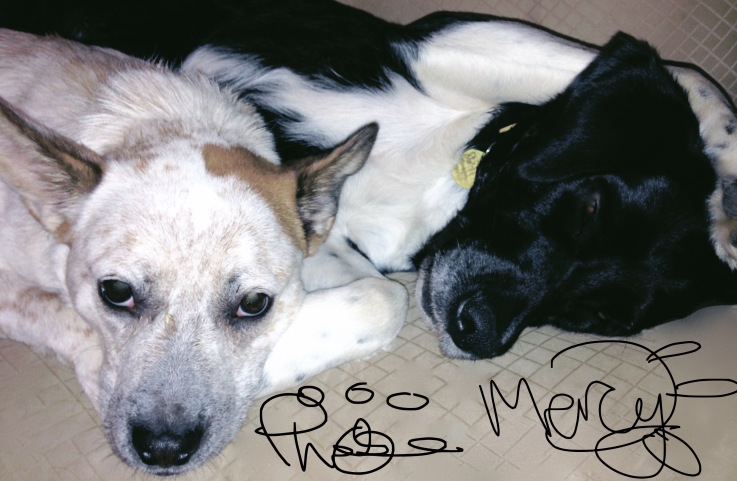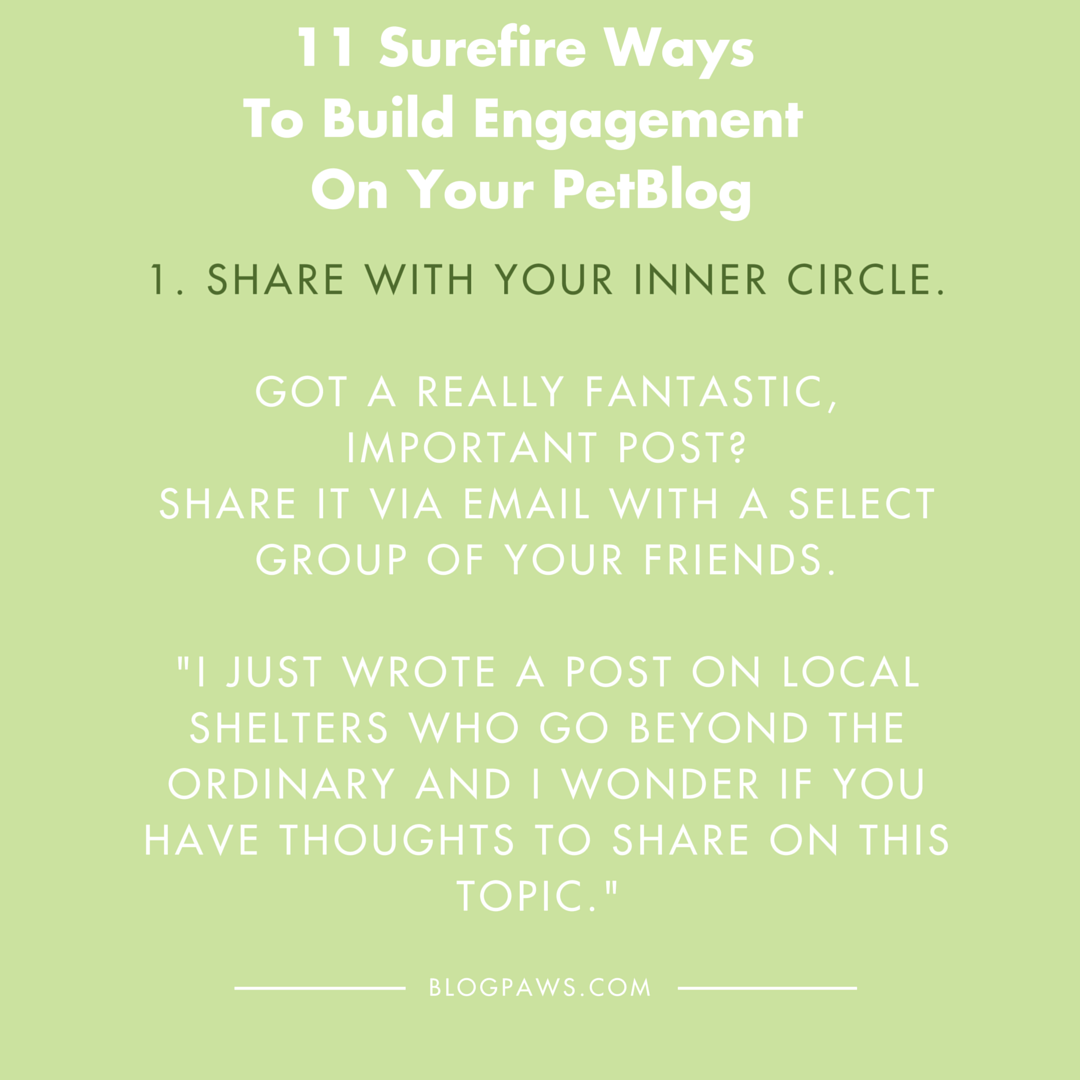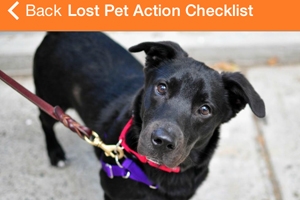How to Be Chosen to Speak Anywhere
The BlogPaws RFP (request for proposal) is out. It’s circulating the web via social and email. I can see from the entries in our Wufoo form that we’re attracting some interesting submissions.
Each year we send the RFP out for new, creative, talented speakers to present at our annual national conference. Our goal is to attract new talent, of course. Every conference on the planet is eager to bring in new talent. It’s not that we don’t appreciate the amazing presenters who came last year, or the year before. Or the year before that. BlogPaws has been so lucky; we’ve attracted and worked with some of the best names in the business. But, as the New Year approaches, as the deadline for submissions for our 2017 conference approaches, we know the choices of who will speak, on the subjects we’ve invited submissions for, will most likely be new folks. New to BlogPaws, but not new to speaking.
Never doubt, however, that we love new ideas, talented submissions, and opportunity to review your thoughts, regardless of how they match up with our tentative agenda. Yes, we have added topics or ‘events’ that were not on our required list. We do try to be flexible.
Now that you know the “what we want,” let’s talk about the “how to be chosen” because how to be chosen to speak anywhere, year after year, is as important to your business success as the stable topics of how to blog, how to take better photos, and how to work with brands.
Speaking can help promote you better than almost anything.
I was inspired to write this post by Tamsen Webster, a woman I met on LinkedIn. She wrote a post on LinkedIn titled, “How to Write a Conference Speaking or Session Proposal That Gets Chosen Every Time.”
(By the way, how many posts have you put on LinkedIn? That’s a topic for another day, don’t you agree?)
I’m going to share some of her insight, and some of my own, right now. But go read the article she wrote, please.
Webster says, at the onset:
Here’s what you need:
-
The idea, simply stated
-
The problem that idea solves
-
The action you want people to take as a result
-
1-3 key concepts you’ll cover to support the problem, idea, and/or action
-
Why you’ve got the credibility to talk about all of this
I would add one more thing: “The audience you will be speaking to and for.” Audience is so important. You wouldn’t be speaking if you didn’t have an audience. I despair, sometimes, over proposals I receive because the writer did not take into account our audience. We have a very specialized audience – pet people, and more specifically, pet bloggers. Not all content related to social media can translate to pet blogging. And yet, much of it should. Are you keeping that in mind, as you write your proposal for us, for 2017?
In Webster’s article, she shares a “recipe” which includes “the problem” – “an action the attendees can take in relation to the problem (how to solve it)” – “a key idea” – and “a promise or benefit” that also includes your credentials.
I like the idea of a recipe. But, creating a proposal is not like making a cake. It’s more serious. You can forget the vanilla in a cake (I’ve done it… without disastrous results, by the way), and still have a cake. In a proposal, if you leave out certain ingredients, you fall flat on your face. I, the person reviewing the proposal, will wonder, “What happened to…” her credentials, her background, her benefit?
Webster crafts her story about how to create a winning proposal quite well. She effectively creates a winning proposal.
You would do well to follow her lead.
To that effect, what are you looking for in 2017? Inquiring minds, like mine, want to know. Share in the comments, please!
Yvonne DiVita is a Co-Founder of BlogPaws. She is dedicated to storytelling and the human-animal bond. When not working on BlogPaws, she writes at Scratchings and Sniffings and The Lipsticking Society. You may contact her at Yvonne@blogpaws.com.
Images: Matej Kastelic/Shutterstock.com and Dmitry Morgan/Shutterstock.com






